Glass Railing
Quote Needed
When specifying glass railings, it’s important to consider several key factors to ensure safety, durability, and aesthetic appeal.
When specifying glass railings, it’s important to consider several key factors to ensure safety, durability, and aesthetic appeal.
Here are the main specifications and considerations for glass railings:
Glass Type
Tempered Glass: Typically used for its strength and safety properties. If broken, it shatters into small, blunt pieces.
Laminated Glass: Consists of two layers of glass with an interlayer, providing additional safety as it holds together when shattered.
Dimensions
Height: Residential railings typically have a minimum height of 36 inches (91 cm), while commercial railings often require a minimum of 42 inches (107 cm).
Width: Varies based on design and installation requirements.
Mounting and Supports
Post-Mounted: Use of metal posts (usually stainless steel or aluminum) to hold the glass panels.
Base-Mounted: Glass panels are inserted into a metal base channel or clamped at the bottom.
Side-Mounted: Panels are attached to the side of the structure, often using bolts, fasteners or brackets.
Handrails
Top-Mounted: Handrails are mounted on top of the glass panels for additional support.
Side-Mounted: Handrails are mounted to the side of the panels.
Hardware and Fittings
Materials: Commonly used materials include stainless steel, aluminum, or chrome for aesthetic purposes.
Design and Aesthetics
Frameless: Provides an unobstructed view, often used in modern and minimalist designs.
Framed: Offers more structural support, with visible frames around the glass panels.
Semi-Frameless: A balance between frameless and framed designs, with minimal visible hardware.
Maintenance
Cleaning: Glass panels can be easily cleaned and maintained.
Only logged in customers who have purchased this product may leave a review.

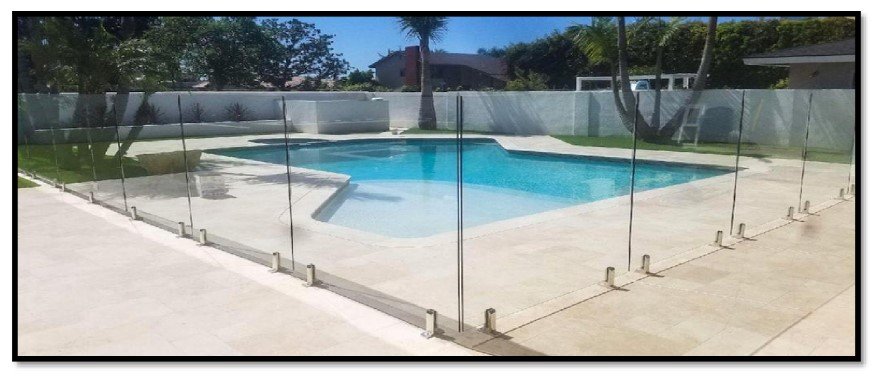

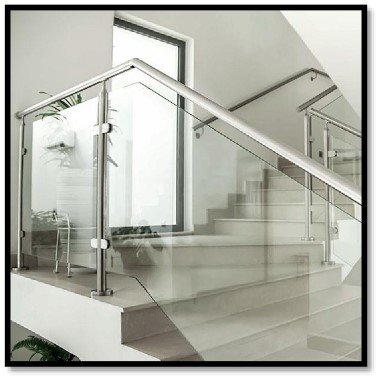


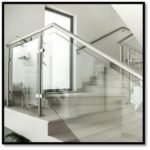
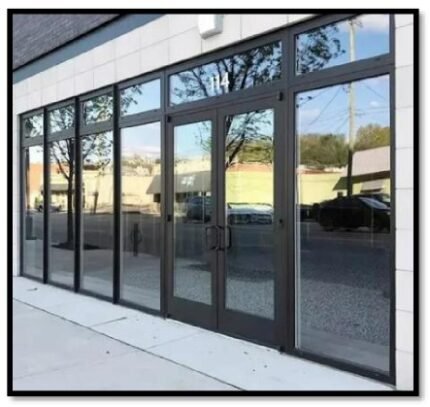
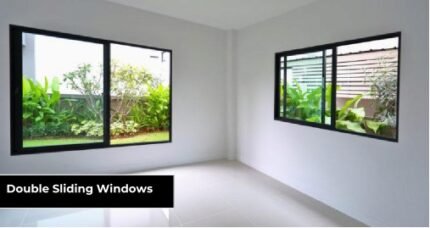
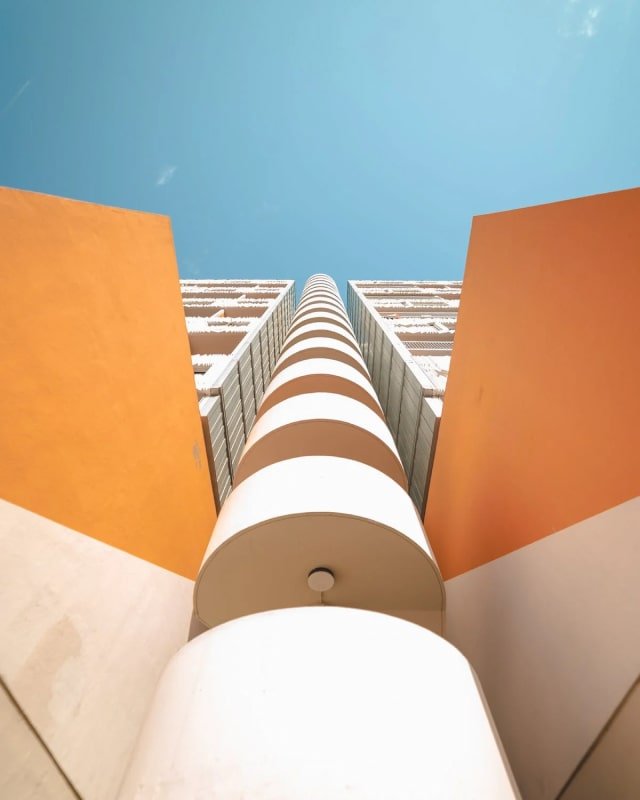
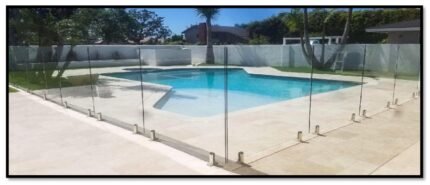
Reviews
There are no reviews yet.